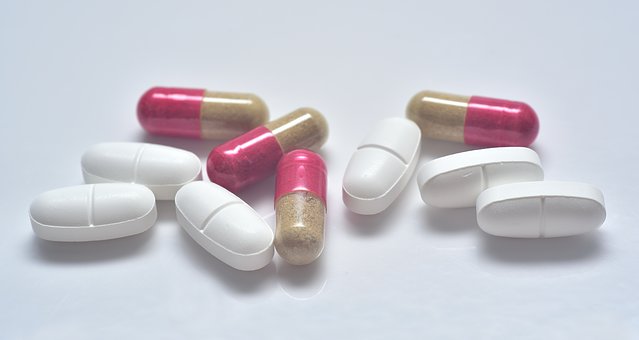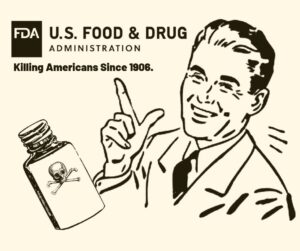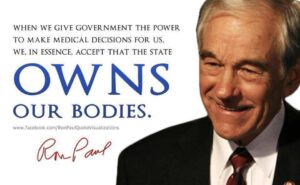
The Right to Try bill, which gives terminally ill patients quicker access to new medicines, passed Congress earlier this year. The Goldwater Institute initially promoted the passage of this bill state-by-state. Over 40 states passed Right to Try before it before it was signed into federal law by President Trump, who championed the bill himself.
Right to Try got its start after cancer patients sued the FDA for the right to try drugs that were not yet FDA approved. Te court initially ruled in their favor until the FDA asked them to reconsider. In 2007, the federal court reversed its initial ruling and told cancer patients that they had no constitutional right to save their lives with drugs that had not been FDA-approved. Right to Try was fashioned after the requests made by the cancer patients, which would have allowed the terminally ill to negotiate directly with the manufacturer once a drug had gone through Phase 1 safety testing, but before its effectiveness had been demonstrated.
In many cases, patients will continue to be disappointed. Most pharmaceutical companies aren’t able to ramp up manufacturing until after FDA approval, so the supply of drug might not be enough to give or even sell to patients while continuing the FDA-mandated testing. Without such testing, the drug might never become available to all of the patients who need it; in addition, drugs have to continue in their development in order to qualify for Right to Try.
No one still employed or involved in the industry is likely to admit publicly their concern that the FDA will punish them if they negotiate directly with patients and go around the agency. The FDA has a history of dragging its feet at crucial decision points in the regulatory process, saddling companies it dislikes with additional studies, or refusing an approval altogether.
Right to Try has brought national attention to the 10-14 years that it now takes for a drug to go from the lab bench to the pharmacy. From the late 1940s to 1962, it took about 4 years, but the Amendments to the Food & Drug Act incentivized the FDA to increase the number and complexity of studies. Even so, safety hasn’t increased: the pre-Amendment withdrawal rate was about 2.5%; post-Amendment withdrawals have held steady at 3.3% and properly prescribed prescriptions are now the fifth leading cause of death in the United States. Meanwhile, about 15 million people—10 times as many who have died in all wars since our countries founding—have died waiting for drugs that might have saved them.
Perhaps this is why a new initiative from the Heartland Institute called “Free to Choose Medicine” is in the works. Unlike Right to Try drugs, those entering the Free to Choose Medicine tract don’t need to continue in the FDA approval program. Consequently, drug companies won’t have fewer disincentives o entering the program.
Free to Choose Medicine does require a more comprehensive data sharing program, which could concern drug companies (learn more at FreetoChooseMedicine.com). However, the ability to leave the FDA regulatory requirements after the requisite first Phase 2 study might be enough to offset this concern. Having a two track development system, FDA approval vs. Free to Choose Medicine, will tell us if the current lengthy regulatory requirements can be safely scraped. Given that these requirements haven’t improved safety discernibly, it’s highly likely.
What about effectiveness? After all, most of the late phase studies are highly focused on efficacy. Once again, the data suggests that the extra regulatory studies put into place after 1962 have saved the consumer—at most—about 10% from ineffective drugs. On the other hand, post-Amendment studies probably increased development costs—and drug prices—20-40 fold. Being able to remove even part of these costs would not only lower the prices we pay at the pharmacy, but would stimulate innovation. Innovation is vital, since none of us can buy cures that have not yet been discovered. Taking medicine, even medicine as expensive as it is today, is almost always less costly than surgery or hospitalization.
Free to Choose Medicine may give us better drugs, faster, and at lower cost. Because of its data sharing, we will learn how these benefits compare to the regulatory system we have today. Shouldn’t the FDA’s requirements be tested to be sure that they are as safe and effective as the new drugs they regulate?







